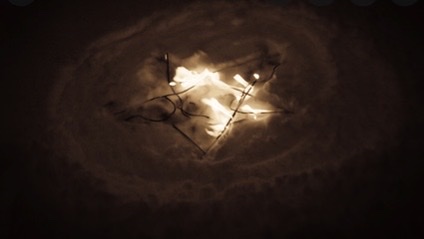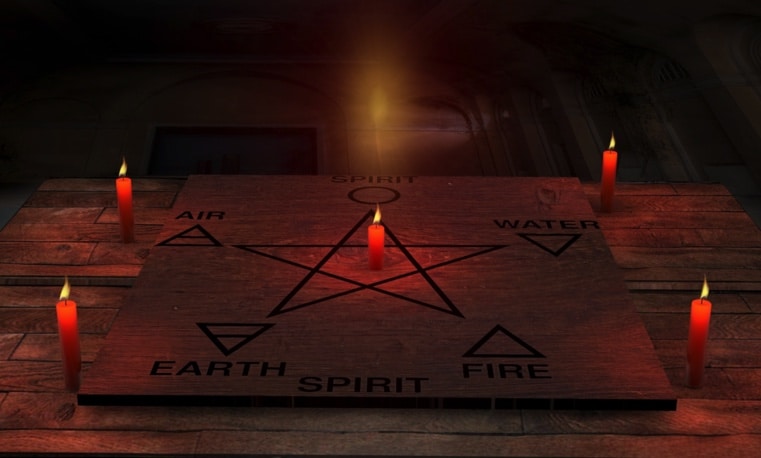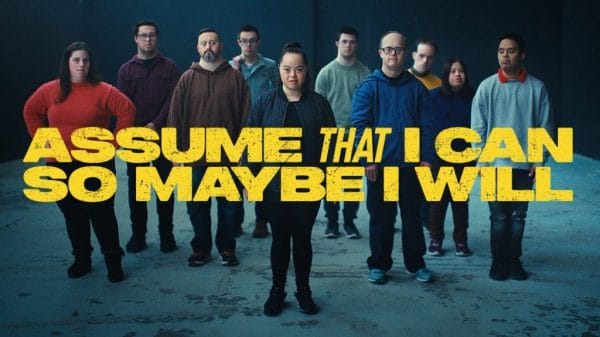Cults may be viewed as something only celebrities get drawn into, but the harsh reality is that many unsuspecting members of the general public are being targeted on a daily basis.
The word cult often sparks fear into people’s minds. After all, we’re used to hearing about the brainwashed celebs that managed to escape them after years of torture. They’re undoubtedly dangerous now, but they haven’t always been this problematic.
What Is A Cult?
By definition, cults are social groups that consist of individuals who share the same beliefs and interests. They are primarily seen to be unusual and go against traditional social norms; in most cases, they revolve around religion or scientific ideals.
The beliefs found within a cult are considered to be incredibly dangerous, whether that’s due to their factually inaccurate nature or extremism. Many of the largely-followed communities in this sector have very out-there mindsets, leading to the essential brainwashing of its members.
The even scarier thing is that cults are now far less obvious. Not only can members be unaware of their newfound community’s status, but they won’t even realise how isolated they’re becoming from the outside world. It’s not just celebrities that are susceptible to their tactics. Online forums provide a starting block for cults, with many different ideals being promoted.

What Forms Of Cults Are There?
There are thousands of communities that fall under the umbrella term ‘cult’. Some are far less sinister than others. More traditional religious cults promote their ideas about god and other holy aspects, whereas science-based groups promote what they strongly believe to be facts about the world.
Not all cults are solely fact-based, however, with sexual cults being another primary type. There’s polygamist cults for non-monogamous individuals or more explicit cults, such as the Kidwelly Sex Cult, known for assaulting both other members and those outside of the group.
As with every definition of a word, the negative connotations aren’t necessarily the only form. There are certainly less sinister versions of cults. Take the modernised term ‘cult classic’ for instance: it doesn’t refer to a strange ritual that classically occurs within a cult, instead it simply means a film which has a smaller following after not being accepted by mainstream culture.

Common Practices
You might think that cults are just like a cynical circle time – everyone gathering around cross legged on the floor, talking about what new information they want to share with the group. But in reality, the practices start off in a much less subtle way until you reach the point where it all seems like second-nature.
Being part of a cult means solely belonging to that one, specific group of people. They’re made out to be your new family. The conversion experience persuades people to leave their families and friends behind, as well as the connections they’ve made within their neighbourhood, sometimes in only a matter of days.
From ex-cult members, we can learn so many intricate details about what exactly goes on behind closed doors. For many members, they would repeatedly pray, submit offerings and enter competitions as part of their daily ritual. Whilst this may be seen as standard for religious practices, it is important to note that these tasks are all done in the name of their group leader, not in honour of a true almighty figure.
Each individual is conditioned into acting a certain way as a result of tactics carried out by their leader. Arguably the most infamous cult leader, Jim Jones, would self-incriminate his members by requiring a written letter detailing their personal fears, which he would later use to humiliate them if they stepped out of line.

Joining Cults
There’s various means of joining a cult – you can be recruited, willingly enter into it or even be born into one. Some people are completely unaware they’re even part of a cult until it’s too late and they’re already embroiled deep within its practices.
When presented with promises, such as newfound friendship, tutoring and money, it’s easy to see how you can be lured into this false sense of security. They aren’t always as obvious as they may seem, with many operating in public through the likes of public speaking and events. Many will walk away from such gatherings feeling as though they have met a group of likeminded individuals, when in reality that’s the first step to them becoming the next victim.
Celebrity Cults
Over the years, there have been numerous celebrities who have emerged as previous members of cults, with many still remaining part of them to this day. Whilst they aren’t all necessarily harmful, they still maintain a divide between its members and the pre-existing world around them. Some celebrities, like general members of the public, have admitted they didn’t realise they were part of a cult until they accepted they had been in denial.
The most poignant celebrity cult is arguably The Church Of Scientology. Its members include Tom Cruise (with his commitment allegedly causing his split from Katie Holmes), Jason Lee, John Travolta, Kirstie Alley and many more. CoS exclusively studies ideas surrounding the human brain’s responses to trauma and practices ways in which to combat them.
Another prominent A-list cult is that of the Children of God. Joaquin Phoenix, along with his four siblings, was born into CoG after his parents believed they had found a community that respected their ideals. Luckily, he left aged four, but there have been accusations of child sexual abuse, physical abuse, exploitation and more from other former members.

The After Effect
Reengaging with society after leaving a cult is seemingly incredibly difficult. Not only have those individuals able to escape been isolated for potentially years, but they will also bare the emotional, physical and mental scars of that period of their life. They have been known to feel guilt or suffer from anxiety and depression afterwards.
Almost every individual within a cult is threatened at some stage, whether that be during their time, when trying to leave or after they have re-joined society. This constant fear is often what leaves people feeling trapped in these groups or worried about what will happen when they do leave.
There’s now special support services available for victims of cults, which helps with re-integration into society and dealing with the trauma and after effects of what they experienced.














